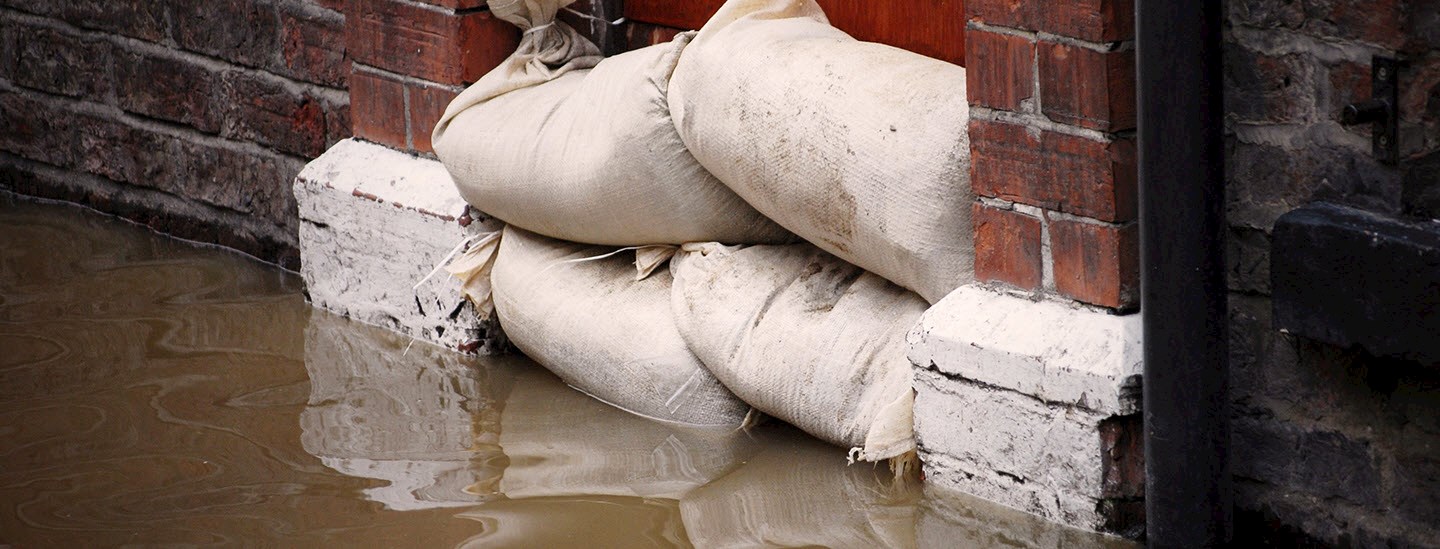Storm flood basics: Understanding flood types and warnings
Broadly speaking, a flood is a temporary overflow of water onto land that is normally dry. Any property is subject to flooding if there's enough water rushing into an area at one time, whether the cause is natural or human-made. Causes for flooding vary greatly depending on the location, time of year and weather conditions. Because you might not have much warning of a flood, you should create a plan for what you'd do. In case you must evacuate, be prepared to bring three days' worth of essential items from the Evacuation Checklist.
Storm flood descriptions
Flooding occurs in every province. Any area that receives rainfall has the threat of possible flooding. View the chart below for an understanding of the different types of floods.
| Coastal floods |
Higher than average tides worsened by heavy rainfall or wind blowing toward the land from the ocean can cause coastal flooding. Shallow coastal flooding can often occur because of low elevation or heavy coastal development — it doesn't need to be caused by a tropical storm. |
| Flash floods |
Heavy rainfall in a very short period — generally less than six hours — causes flash flooding. Flash floods can occur suddenly and without warning, with walls of water that can reach heights of 3 to 6 metres. They move fast, taking out trees, buildings and even bridges. |
| River floods |
Rivers flood when water levels rise above riverbanks because of heavy rain, consistent rain for an extended time, snowmelt, urban runoff, ice or debris jams, or dam or levee failures. |
| Storm surges |
An abnormal rise in sea level occurs during hurricanes or other tropical storms. Strong winds can push the water ashore. High tides and heavy rain can intensify storm surges. |
Essential resources for flood preparedness
You don't have to be in a flood plain to be at risk for flooding. Being prepared for any crisis, including a flood, takes planning. We've assembled some tools and resources to assist you in planning, preparing and recovering from flooding.
Bookmark these recommended sources of information to help prepare for and recover from a flood. These resources aren't affiliated with Gallagher.
Disaster resources
Flooding resources


